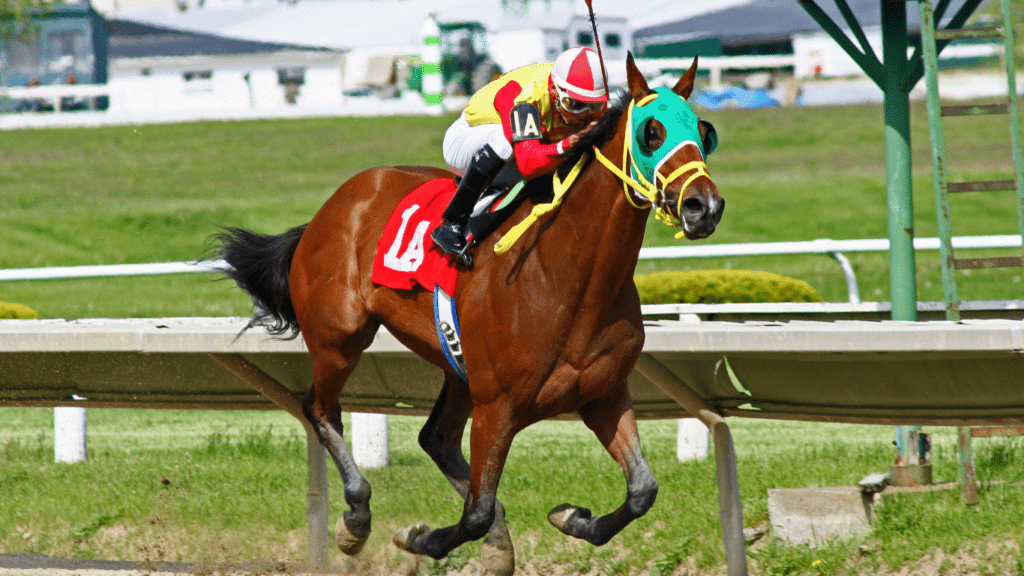When it comes to horse racing, analyzing past performances is a crucial skill for both seasoned bettors and newcomers looking to make informed decisions. As someone who has delved into the world of horse racing, I’ve come to appreciate the value of studying past races to gain insights into a horse’s capabilities and potential for success. By examining factors such as speed figures, class levels, track conditions, and jockey performance, I’ve been able to enhance my understanding of the sport and improve my betting strategies.
In this article, I’ll share my expertise on how to effectively analyze past performances in horse racing. From deciphering race charts to evaluating workout patterns, I’ll provide valuable tips and techniques to help you navigate the wealth of information available and make well-informed decisions at the track. Whether you’re a casual fan or a dedicated punter, mastering the art of analyzing past performances can give you a competitive edge and elevate your horse racing experience.
Understanding Past Performances in Horse Racing
Studying past performances in horse racing is crucial for bettors of all levels. Analyzing factors such as speed figures, class levels, track conditions, and jockey performance provides valuable insights into a horse’s capabilities. This analysis is key to enhancing one’s understanding of the sport and refining betting strategies for more successful outcomes. By delving into race charts and evaluating workout patterns, bettors can make informed decisions at the track, leading to a more fulfilling horse racing experience.
Factors to Consider in Past Performances Analysis
When analyzing past performances in horse racing, certain factors play a crucial role in determining a horse’s potential success. Let’s delve into key aspects that can significantly impact your analysis.
Jockey
As I analyze past performances, one vital aspect I consider is the jockey. The jockey’s skill and experience can greatly influence a horse’s performance on the track. Assessing how well a particular jockey has performed in previous races can provide valuable insights into the horse’s chances of success in upcoming races.
Trainer
Another essential factor to consider in past performances analysis is the trainer. A trainer’s expertise in preparing and conditioning a horse for races can significantly impact its performance. By evaluating a trainer’s track record and success rate, I can better understand how well-prepared a horse is for an upcoming race.
Track Conditions
Analyzing track conditions is paramount when evaluating past performances. The condition of the track, whether it’s firm, muddy, or sloppy, can affect a horse’s performance. Understanding how a horse has fared on different track surfaces in the past can help me assess its adaptability and performance potential in similar conditions.
Analyzing Speed Figures and Class Ratings
Understanding speed figures and class ratings is crucial for making informed bets in horse racing. Speed figures represent a horse’s performance in previous races, indicating its speed capabilities. On the other hand, class ratings reflect the level of competition a horse has faced. By analyzing these metrics, I can assess a horse’s competitive edge in an upcoming race.
When examining speed figures, I prioritize recent performances over historical data. Recent form indicates a horse’s current condition and readiness to compete. Looking at speed figures from the last few races helps me gauge if a horse is improving, maintaining form, or declining. It’s essential to consider variations in track conditions and distances when interpreting speed figures accurately.
In addition to speed figures, I closely evaluate class ratings to understand the quality of competition a horse has faced. Higher class ratings suggest that a horse has competed against tougher opponents, indicating its ability to handle competitive fields. Comparing class ratings among horses in the same race gives me valuable insights into their relative strengths and weaknesses.
By combining insights from speed figures and class ratings, I can identify horses that have the speed and class necessary to perform well in a specific race. This analytical approach allows me to make strategic betting decisions based on objective data rather than relying solely on intuition or chance.
Using Past Performances to Predict Future Outcomes
Exploiting past performances to anticipate future results is a fundamental strategy in horse racing analysis. Speed figures and class ratings play pivotal roles in this predictive approach, offering valuable insights for informed betting decisions.
- Leveraging Speed Figures: When evaluating past performances, speed figures serve as a critical metric for assessing a horse’s speed potential. Prioritizing recent speed figures provides a snapshot of the horse’s current form, indicating its capabilities in upcoming races. By focusing on recent speed performances, I can gauge the horse’s current speed prowess accurately. This data-driven approach allows me to pinpoint horses with the required velocity to excel in specific race conditions.
- Understanding Class Ratings: Class ratings are equally significant in deciphering a horse’s competitive edge based on past performances. These ratings reflect the quality of competition a horse has encountered, shaping its readiness to compete in future races. By scrutinizing class ratings, I can identify horses accustomed to racing against strong competitors, giving them an edge in upcoming events. Considering class ratings alongside speed figures empowers me to make strategic betting choices backed by objective assessments.
By integrating insights from speed figures and class ratings, I can confidently analyze past performances to predict future outcomes accurately. This structured analytical approach enables me to make well-informed betting decisions, leveraging historical data to enhance my overall betting strategy in horse racing.


